The financial landscape is witnessing an unprecedented transformation fueled by the rapid adoption of mobile banking. As we step further into the digital age, our smartphones have evolved into sophisticated financial tools, reshaping the way we handle money. From the way we make purchases to how we save and invest, mobile banking is altering the financial sector’s very foundation. This article delves into the surge of mobile banking, its influence on traditional finance, the implications for security, changes in consumer behavior, and the emerging trends poised to shape the future of this dynamic field.
Mobile Banking Surge: A Finance Revolution
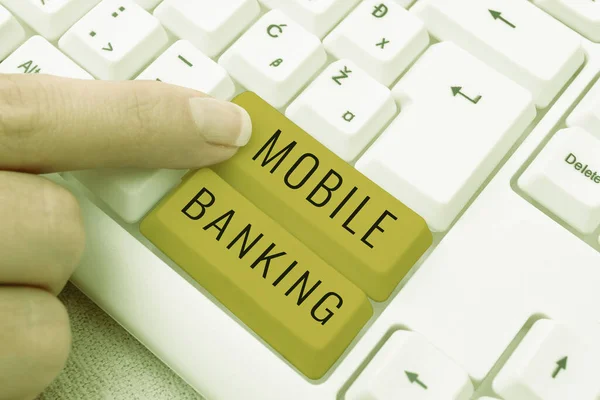
The exponential growth of mobile banking is nothing short of revolutionary. With the global smartphone penetration rate soaring, the convenience of managing finances on-the-go has become a fundamental expectation among consumers. Five key developments underscore this surge:
- Access and Convenience: Mobile banking has democratized financial services, allowing users in remote locations to access banking without physical branches.
- Innovative Services: Banks have introduced features like mobile check deposits, real-time notifications, and personalized financial insights, harnessing the power of technology to improve user experience.
- Customer Adoption: The generational shift towards digital-native millennials and Gen Zers has propelled the widespread acceptance of mobile banking platforms.
- Pandemic Push: COVID-19 accelerated digital banking adoption as consumers sought contactless transactions and remote banking solutions.
- Fintech Collaboration: Traditional banks have increasingly partnered with fintech firms to develop robust mobile banking experiences, integrating advanced features such as AI and machine learning.
This revolution is not just about convenience; it signifies a fundamental shift in financial behavior and expectations.
Navigating the Digital Wallet Era
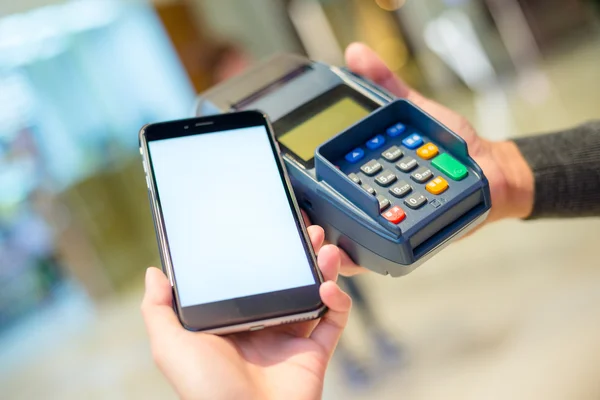
As physical wallets give way to their digital counterparts, consumers are navigating an era where smartphones serve as the nexus of financial activity. Digital wallets—apps that store payment information and facilitate transactions—are becoming the norm.
- Cashless Transactions: Digital wallets promote cashless transactions, reducing the need for physical currency and streamlining purchases.
- Peer-to-Peer (P2P) Payments: They simplify the process of sending and receiving money between individuals, revolutionizing the concept of shared expenses and reimbursements.
- Rewards and Loyalty Programs: Mobile banking platforms are uniquely positioned to offer customized rewards, driving consumer loyalty and engagement.
This move towards digital wallets signals a broader shift in consumer financial behavior, predicated on the principles of speed, security, and simplicity.
Impact of Mobile Banking on Traditional Finance
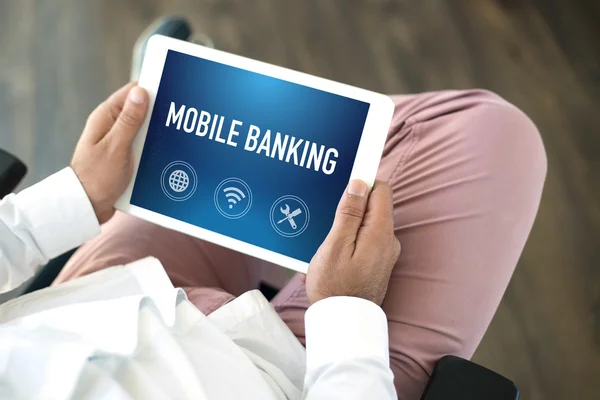
Mobile banking’s ascent has profound implications for traditional financial institutions. The following table illustrates the comparative impact on various aspects:
| Traditional Finance | Mobile Banking |
|---|---|
| Physical Branches | Virtual Interfaces |
| In-Person Services | Automated Features |
| Paper-Based Processes | Digital Transactions |
| Standard Business Hours | 24/7 Access |
| Manual Account Management | Real-time Account Control |
| Limited Customer Insights | Data-Driven Personalization |
This comparison highlights the transformative effect mobile banking has on customer expectations, operational models, and competitive dynamics within the financial industry.
Security in the Age of Mobile Transactions
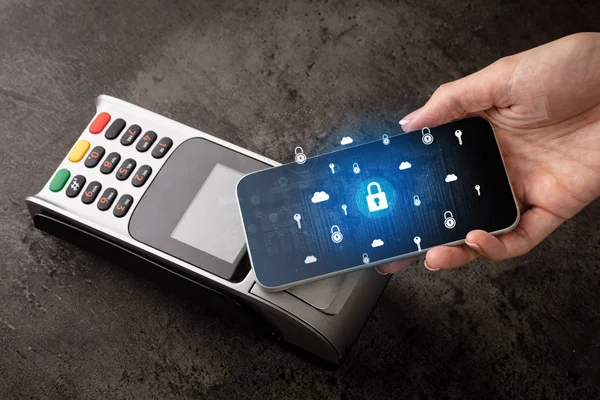
Security remains a paramount concern as finance migrates to mobile platforms. Financial institutions and app developers are continuously fortifying their defenses to keep pace with sophisticated cyber threats. Key security measures include:
- Two-factor authentication (2FA) for an additional layer of security beyond passwords.
- Biometric Authentication such as fingerprint and facial recognition to verify user identity.
- Encryption Technologies to protect data transmission and storage.
- Regular Software Updates to patch vulnerabilities and enhance security features.
- Fraud Detection Systems that use AI to monitor for unusual activity and potential threats.
Despite these advances, the onus is also on consumers to practice safe mobile banking by regularly updating apps, using secure networks, and being vigilant against phishing attempts.
Changing Face of Consumer Banking Behavior

Mobile banking has ushered in a new era of consumer banking behavior characterized by:
- A preference for doing banking transactions from anywhere, at any time.
- Expectations for real-time solutions to financial needs and queries.
- A shift from saving to investing, with easy access to market information and investment platforms.
- The rise of personal finance management tools helping users budget and track expenses.
- Increased usage of financial comparison sites and apps to make informed decisions.
- The growing demand for personalized banking experiences tailored to individual needs.
These behavioral shifts underscore the need for traditional banks to adapt or risk becoming obsolete in the eyes of the digitally-empowered consumer.
Future Predictions: Mobile Banking Trends
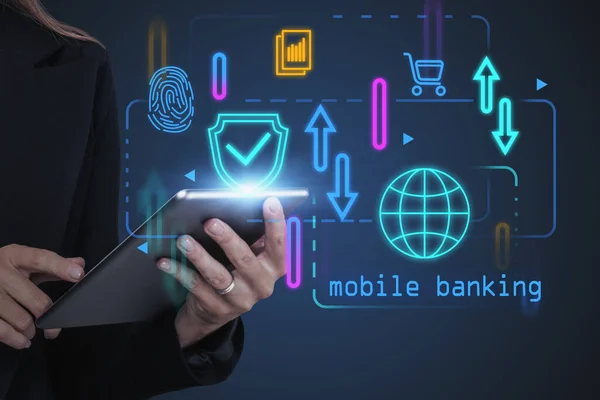
Looking ahead, several trends are likely to shape the trajectory of mobile banking:
- Artificial Intelligence: AI will continue to transform customer service through chatbots and predictive analytics, offering a more personalized banking experience.
- Blockchain Technology: It promises to introduce a new level of security and decentralization in transactions, potentially reducing fraud and streamlining cross-border payments.
- Expanded Services: Beyond traditional banking, mobile platforms will likely integrate insurance, investment, and financial planning services.
- Banking as a Platform (BaaP): Banks may evolve into platforms where third-party services are offered alongside banking products, mirroring the app-store model.
- Financial Inclusion: Mobile banking will play a crucial role in bridging the financial inclusion gap for underserved populations.
- Regulatory Evolution: Regulations will need to keep pace with technological advances, ensuring consumer protection without stifling innovation.
These predictions paint a picture of a sector in continuous flux, driven by technological advancements and changing consumer expectations.
The surge in mobile banking represents a paradigm shift in financial services, embracing digital innovation to meet the evolving demands of consumers. As we navigate the digital wallet era, the traditional finance model is being challenged to adapt or risk obsolescence. With the emergence of new security measures, changing consumer behaviors, and future technological trends, the world of finance is rapidly advancing toward a more accessible, efficient, and personalized future. The ongoing growth of mobile banking is not just a trend; it’s a financial revolution that’s just getting started.


